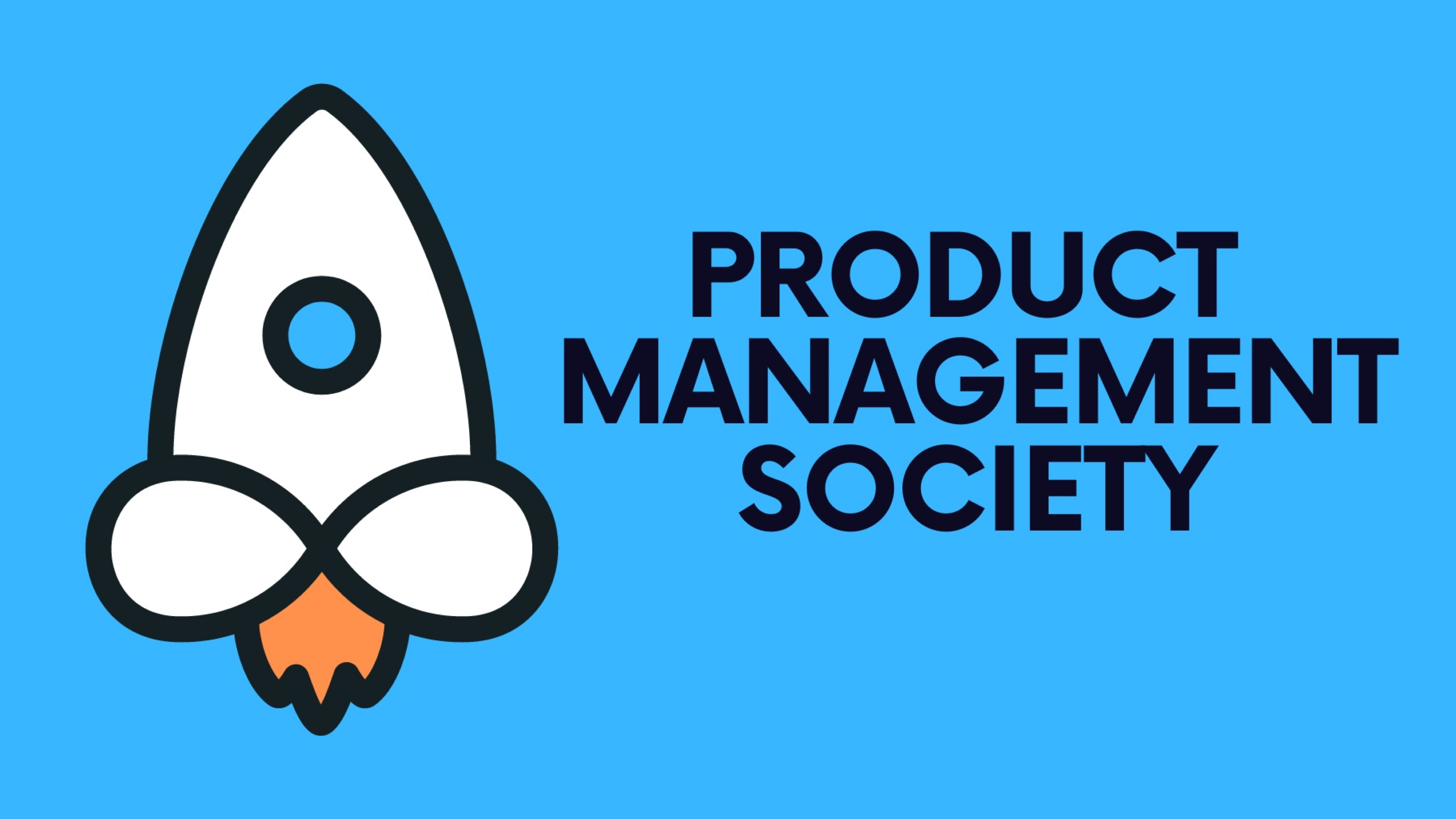Consumers, stakeholders, and regulatory bodies are increasingly demanding products that are effective, innovative, environmentally friendly, and ethically produced. This shift represents both a challenge and a significant opportunity for product managers. This article explores why sustainability is now a critical component of product development and how product managers can integrate sustainable practices into their workflows.
1. Understanding the Importance of Sustainability
Environmental Impact:
Thanks for reading Product Management Society! Subscribe for free to receive new weekly posts 🚀
- Product production, use, and disposal significantly contribute to environmental issues such as pollution, resource depletion, and climate change. Sustainable product development aims to minimize these impacts by incorporating eco-friendly practices throughout the product lifecycle.
Consumer Demand:
- Modern consumers are more environmentally conscious and prefer to purchase from companies committed to sustainability. This shift in consumer preferences can affect sales and brand loyalty.
Regulatory Compliance:
- Governments worldwide are tightening environmental regulations. Adhering to these regulations is crucial for compliance, avoiding fines, and safeguarding the company’s reputation.
2. Strategies for Sustainable Product Development
Incorporate Eco-Design Principles:
- Start with design solutions that reduce products' environmental impact. This includes using renewable or recycled materials, designing for product longevity, and facilitating recycling at the end of the product’s life.
Life Cycle Assessment (LCA):
- Conduct a life cycle assessment to evaluate the environmental impacts of all the stages of a product's life from cradle to grave. This assessment helps make informed decisions that can reduce the product's environmental footprint.
Lean Manufacturing:
- Implement lean manufacturing techniques to improve efficiency and reduce waste and resource consumption in the production process.
3. Leveraging Technology for Sustainability
Utilize Green Technologies:
- Invest in new technologies that enable more sustainable manufacturing processes. This could include advancements in energy efficiency, waste management, and pollution control.
Develop Smart Products:
- Design products that use technology to increase efficiency and reduce waste. For example, smart appliances that minimize energy use or apps that help users monitor and manage their environmental impact.
4. Foster Transparency and Collaboration
Supply Chain Transparency:
- Work with suppliers who commit to sustainable practices to ensure transparency in the supply chain. Regular audits and certifications can help maintain this transparency.
Collaborate with Stakeholders:
- Work closely with customers, suppliers, and environmental groups to enhance the sustainability of your products. Collaboration can lead to innovative solutions that benefit all parties involved.
5. Communicating Sustainability Efforts
Marketing and Branding:
- Communicate your sustainability efforts effectively through your marketing and branding strategies. This will inform consumers and help differentiate your brand in a crowded market.
Education and Engagement:
- Educate your customers on the environmental impacts of their purchases and how they can use and dispose of products sustainably. Engaging customers in this way can help cultivate a loyal customer base.
Conclusion
Integrating sustainability into product development is no longer optional but a vital part of business in the modern world. By adopting sustainable practices, product managers can not only help mitigate their products' adverse environmental effects but also tap into new markets, meet consumer demands, and build a positive brand image. As we progress, sustainability will continue to shape the product development landscape, and those who lead the change will reap the greatest benefits.
Stay tuned for our next article, exploring ethics principles in product management.
If you’re finding this newsletter valuable, consider sharing it with friends, or subscribing if you aren’t already. Also, consider coming to one of our Meetups and following us on LinkedIn ✨
Thanks for reading Product Management Society! Subscribe for free to receive new weekly posts 🚀







